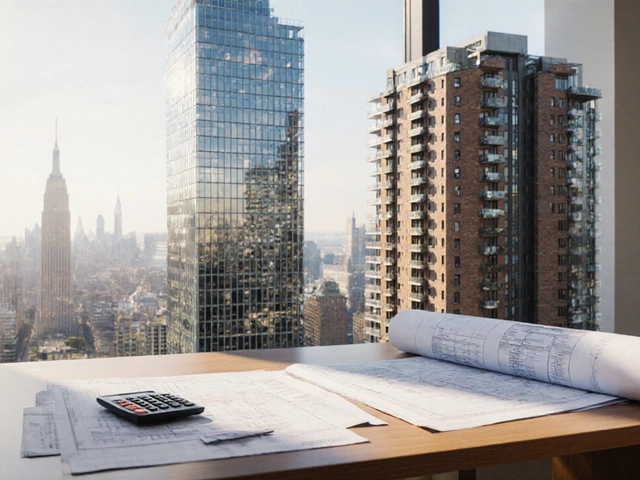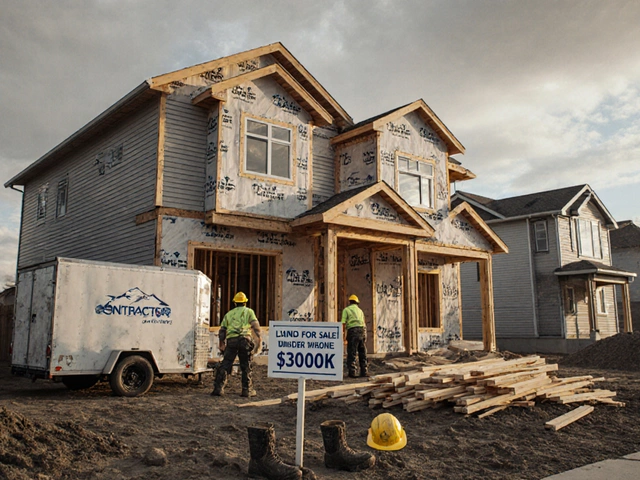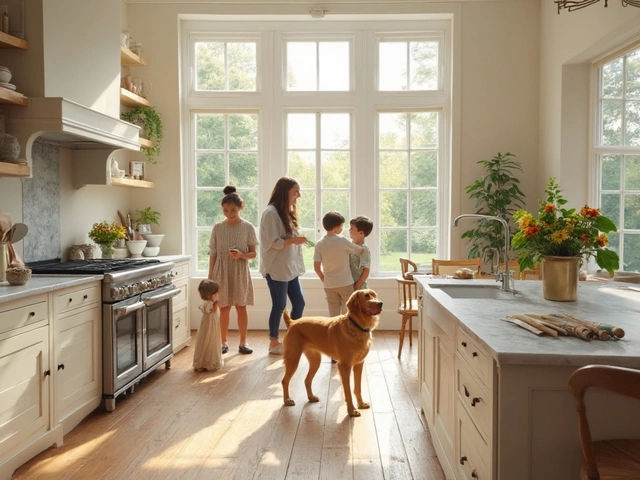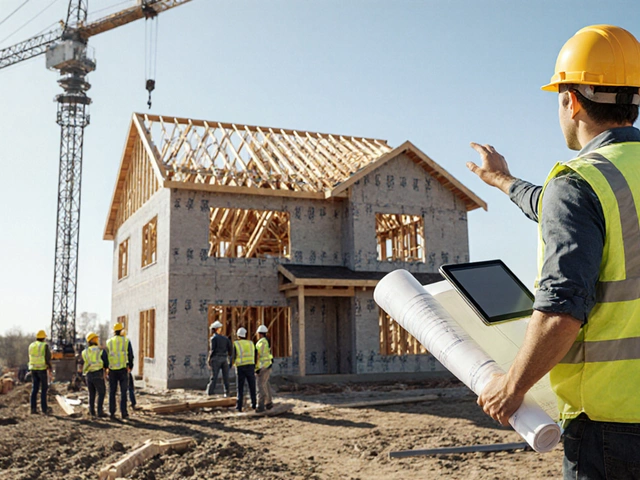Ever noticed how touring a model home feels like walking through a perfectly staged dream? Cushy sofas, glistening kitchens, upgrades everywhere. But beneath the surface, what do you actually get when the moving truck pulls up to your new place? New build home buyers almost always run headfirst into this riddle. And trust me, I’ve been there — walking through empty, echoing rooms, blueprint in hand, eyebrows raised at missing doorknobs and unpainted walls. Let’s really unpack what you can (and can’t) expect when you buy a new build, because the fine print is almost always where the real story lives.
The Basics: What Usually Comes Standard
If you’re signing up for a brand new home, here’s what’s almost always in the package. The builder’s base price typically includes the essentials: exterior finishes, interior walls, foundations, roof, basic plumbing, and electrical wiring. It sounds like you’re set, but details matter. Think plywood subfloors, default carpeting, contractor-grade fixtures, and simple white paint. Most new homes include kitchen cabinetry, countertops (usually laminate), a basic oven, and perhaps a dishwasher hookup — but don’t bet on the fridge or washer and dryer. Heating and cooling (HVAC) is another common inclusion, but systems vary in efficiency and capacity.
It’s kind of like ordering a burger without any toppings. You get the must-haves, but anything beyond “plain and functional” may cost extra.
Landscaping? Usually front yard only — a little sod, maybe a shrub or two. Backyards? Sometimes rough-graded dirt, waiting for you to get creative (and probably fork out another few grand).
Driveways and walkways are a funny one. Some builders pour basic concrete for you. Some hand over a gravel driveway only. Ask up front, since adding hardscaping after the fact quickly gets expensive.
Windows and doors? Of course. But expect plain white vinyl and hollow-core interior doors. If you want energy-efficient windows or stylish entry doors, you’ll face a line item upgrade charge.
This “standard inclusions” game isn’t just for the big stuff. Even down to window coverings, towel bars, and light fixtures—the base version is often minimal, bland, or outright missing. Builders love a clean slate for a reason: it keeps their costs down and gives you a blank canvas (for a price).
Builder Upgrades: Where Extras Sneak In
The real fun—and the real sticker shock—starts when you look into upgrades. This can mean everything from stone countertops to hardwood floors, custom cabinetry, spa bathtubs, or even smart home wiring. The list is mind-numbingly long.
Here’s a quick look at what typically falls outside the base price:
- Flooring: Upgrades from basic tile or carpet to hardwood, luxury vinyl, or engineered bamboo.
- Kitchen: Granite or quartz counters, under-cabinet lighting, soft-close drawers, premium appliances like refrigerators, double ovens, or wine fridges.
- Bathrooms: Frameless glass showers, soaker tubs, upgraded tile, designer fixtures.
- Windows/Doors: Sliding patio doors, French doors, large picture windows, or high-performance triple-pane windows.
- Technology: Smart thermostats, security systems, built-in speakers, or EV charging.
- Outdoor: Decks, patios, fencing, sprinkler systems, full-yard landscaping.
- Cosmetics: Crown molding, feature walls, custom paint, upgraded lighting.
- Energy Efficiency: Solar panels, tankless water heaters, advanced insulation.
On paper, upgrades seem straightforward. But costs add up fast. The National Association of Home Builders surveyed buyers and found the average new build buyer spends between $15,000 and $40,000 on upgrades by closing. Jen and I actually had to choose between higher-end flooring or adding a small back patio. We couldn’t swing both, not without skipping groceries for a couple of months. That’s how real these decisions get.
Watch out, too, for ‘structural options’ — things like extending rooms, adding a bay window, or finishing a basement. Only a builder can do these during construction. They’re pricier to add after the house is done—sometimes impossible—so decide early.
My favorite tip? Always request a full ‘inclusions and upgrades’ catalog from the sales agent before signing anything. Highlight must-haves, compare the cost, and get firm numbers in writing. If something’s unclear, get detail. I once ran circles with a builder about garage insulation—found out it wasn’t included and would cost me $4,000 more. Lesson learned: ask until you sound annoying.
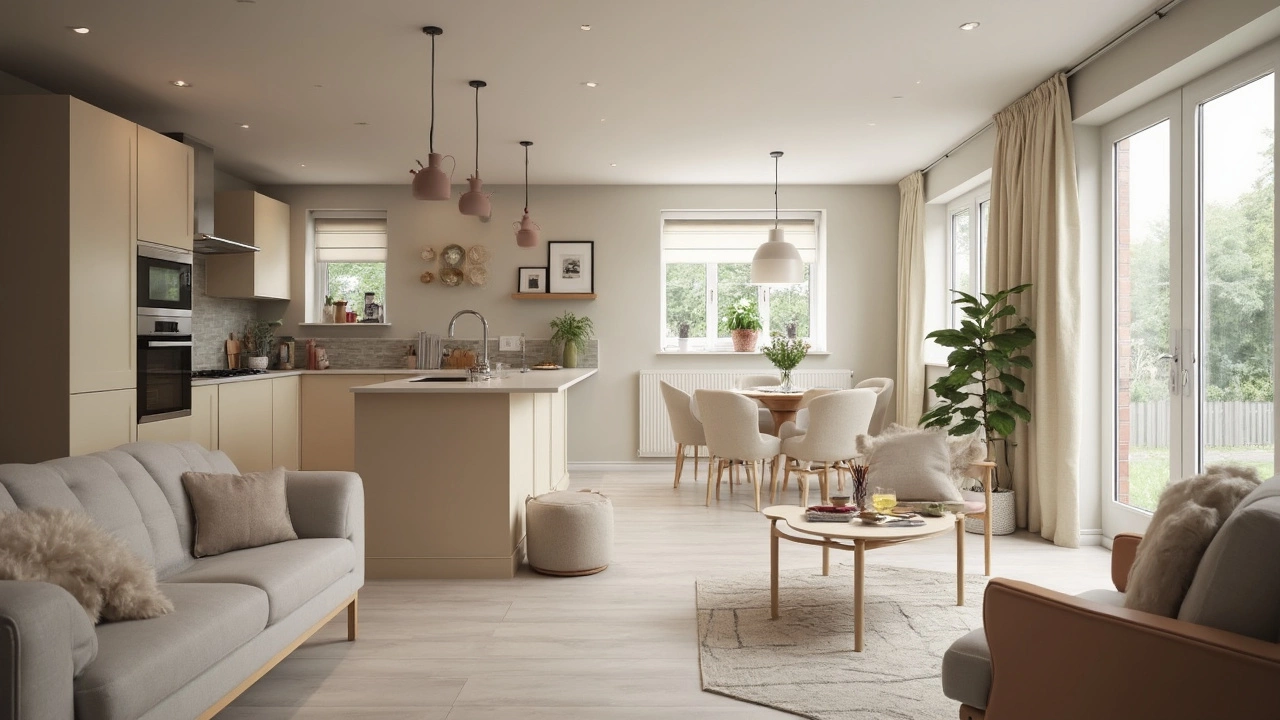
Hidden Details and Small Print Surprises
Builders can be masters at the art of half-telling. A model home shines with designer touches, but make sure you get to see the standard specification, too. Some shockers you might stumble on:
- Light fixtures: Only the bare minimum—like the old ‘boob bulb’ in bedrooms. Fancier lighting might cost hundreds extra per room.
- Closet storage: Wire rack, maybe; custom shelving? Out of pocket and not cheap.
- Garage and basement: The garage might be unfinished, without drywall, paint, or even outlets. Basements, unless you paid for finishing, are bare concrete caves.
- Pavement and fencing: Often not included. Expect dirt or gravel, and budget for upgrades.
- Electrical outlets: Want extra plugs, USB sockets, or exterior outlets? Upgrade. Otherwise, they just meet minimum code.
- Window screens and coverings: Frequently “buyer supplied”—meaning, it’s on you after move-in.
- Mailboxes and house numbers: Check if you must buy your own (it happens more often than you think).
- Appliances: You might be surprised to get a kitchen with no fridge, microwave, or washer/dryer.
The trickiest thing? Even neighborhood to neighborhood, the same builder might include different things. Read the latest customer reviews, ask friends for their experiences, and always go through your own checklist. The best advice: see a standard (not upgraded) model, and bring a notebook. Or, even better, snap video on your phone—the gaps become brutally obvious when you play it back.
| Feature | Standard (Often Included) | Upgrade (Extra Cost) |
|---|---|---|
| Kitchen Appliances | Basic stove, dishwasher hookup | Fridge, microwave, high-end brands |
| Flooring | Carpet, basic tile | Hardwood, luxury tile, vinyl plank |
| Bathroom Fixtures | Standard sink, tub/shower combo | Rain shower, double sinks, soaker tubs |
| HVAC | Central system | Smart thermostats, high efficiency |
| Landscaping | Front yard sod | Sprinkler, backyard, trees, fencing |
| Lighting | Simple flush mount fixtures | Pendants, pot lights, dimmers |
Can you negotiate? Sometimes, yes. Spring and fall are busy, but if a builder has unsold inventory at year-end, you may have a shot at upgrades thrown in. Don’t be shy; if you don’t ask, you don’t get.
How to Protect Yourself and Get the Most Value
Buying a new build is exciting, but you can get burned if you skip research. Here’s how to keep your wits and wallet intact:
- Check the fine print: Every builder should hand over a detailed specification sheet. Map out what’s included and highlight what isn’t. If something’s missing, negotiate before signing.
- Get it in writing: Verbal promises mean nothing. Always confirm all inclusions, upgrade prices, and installation timelines in your contract.
- See real-life examples: Visit homes finished to the basic spec, not dressed-up models. This is the only way to get the real picture.
- Double-check warranties: New construction should come with a warranty package — often a one-year builder’s warranty, with some longer coverage on structural elements. Ask for specifics on what’s covered, what’s not, and how claims actually get handled.
- Ask about delays: Weather, labor shortages, and supply chain blips are common. Get realistic timelines and regular updates.
- Budget for after-move costs: Unless you’re going wild on upgrades, expect to spend money after you move in — things like curtains, closet organizers, backyard turf, or ceiling fans. Plan this into your savings.
- Shop around for upgrades: Some upgrades, like appliances or painting, cost less if you do them yourself or hire a contractor after closing. Don’t fall for the “it must be done now” pitch.
- Talk to recent buyers: Nothing beats real-world feedback. If a neighbor just moved in, ask what surprised them about inclusions or builder service. You’ll almost always learn something useful.
- Consider timing: Certain times of year (holidays, end of fiscal quarter) tend to bring builder incentives. Watch for deals, free extras, or price cuts.
I’ll be honest: when Kyla and I walked our first new build tour, we were suckers for the frilly extras. But as soon as we realized the backyard wasn’t included, and the kitchen “upgrades” would add the price of a used car, we got picky. Ask ten questions for every answer, trust your gut, and keep both eyes open. If you want a move-in ready palace, get those promises in writing. But if you love a blank slate for your own style, sometimes it pays to skip builder upgrades and make the place yours, bit by bit.


